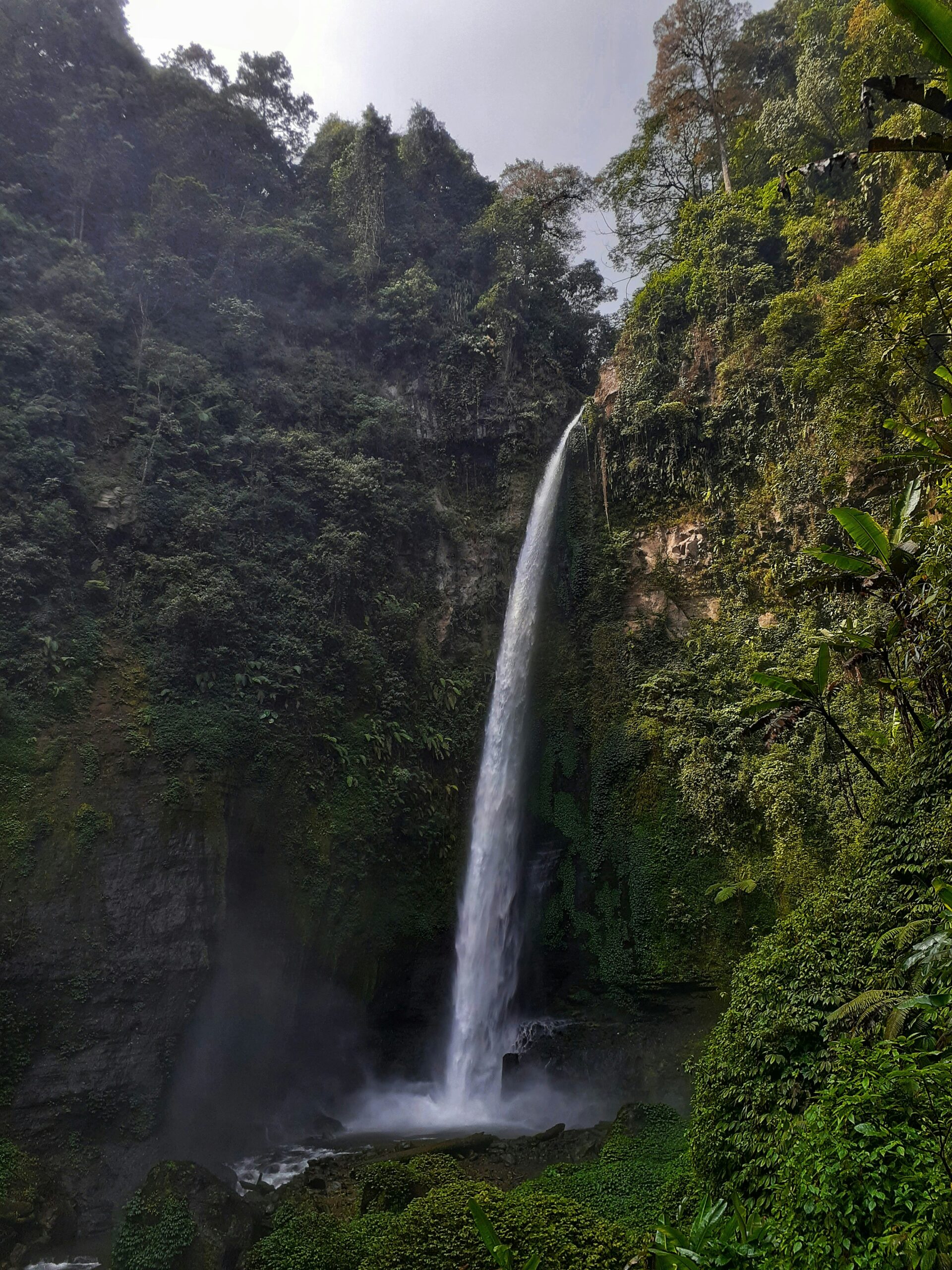Introduction to Vavilaku
Vavilaku in Tulu is more than just a beautiful oil lamp; it embodies tradition, culture, and the spirit of celebration. As dusk settles and homes light up with these radiant symbols, warmth fills the air. This cherished practice brings families together, creating memories that last a lifetime. Whether you’re familiar with Vavilaku or entirely new to this enchanting custom, there’s something magical about its glow that beckons everyone to participate. Dive into the fascinating world of Vavilaku as we explore its history, preparation methods, celebrations—both traditional and modern—and tips for hosting an unforgettable event!
The History and Significance of Vavilaku
The history of Vavilaku is deeply rooted in Tulu culture, tracing back to ancient rituals and traditions. This sacred lamp symbolizes light, purity, and the dispelling of darkness.
Historically, families would gather around Vavilaku during festivals and auspicious occasions. Its glow signifies the presence of divine blessings in homes.
Vavilaku holds a special place during celebrations like Diwali and other local festivities. The flame represents hope and prosperity for the coming year.
In many households, lighting the Vavilaku marks the beginning of prayers or significant events. It’s a moment that unites loved ones in reverence.
This tradition transcends mere decoration; it carries emotional weight by nurturing bonds within families while honoring ancestors who have passed on their values through generations.
How to Prepare Vavilaku
Preparing Vavilaku is a delightful experience that brings together family and friends. Start by gathering the essential ingredients, which typically include rice flour, jaggery, and ghee.
Begin with making the dough. Mix rice flour with warm water until it reaches a smooth consistency. Add in enough jaggery to sweeten it according to your taste preference.
Next comes the shaping process. Take small portions of this dough and mold them into decorative shapes like lamps or flowers, symbolizing light and prosperity.
Once shaped, carefully place them on a banana leaf or plate for presentation. Brush each piece lightly with melted ghee for an added richness that enhances both flavor and aroma.
This preparation not only sets the mood but also connects you deeply to Tulu culture through its vibrant traditions.
Traditional Ways of Celebrating with Vavilaku
Celebrating Vavilaku is deeply rooted in tradition. Families come together, often starting the day with prayers and rituals. The atmosphere buzzes with excitement as everyone prepares for the evening festivities.
One common practice involves lighting oil lamps, symbolizing knowledge and prosperity. Children eagerly assist their elders in arranging these lamps around the home, creating a warm glow that signifies hope and joy.
Delicious homemade dishes take center stage during celebrations. Tulu families prepare an array of sweets and savory snacks to share with guests. Each dish carries its own story, contributing to a rich tapestry of flavors.
Traditional music fills the air as friends gather for dance and laughter. Folk songs resonate through homes, connecting generations while celebrating culture.
The essence of Vavilaku lies not just in rituals but also in unity—a time when loved ones bond over shared traditions that have been passed down through ages.
Modern Twists on Vavilaku Celebrations
Modern celebrations of Vavilaku are evolving, blending tradition with contemporary flair. Many families now incorporate themed decorations that reflect personal styles while still honoring the essence of this cherished festival.
Social media has also played a significant role in reshaping how people celebrate. Sharing moments through platforms like Instagram and Facebook allows for vibrant displays of creativity. Unique lighting setups and artistic arrangements have become popular posts, showcasing different interpretations of the traditional lamp.
Additionally, fusion cuisine is making waves during Vavilaku gatherings. Traditional dishes meet modern culinary techniques to create mouthwatering variations. People experiment with ingredients, adding unexpected flavors while retaining cultural roots.
Virtual events have emerged as another twist, especially for those separated by distance. Live-streaming ceremonies or hosting online parties ensures everyone can partake in the joy of Vavilaku together, regardless of location. This approach strengthens connections across borders while keeping traditions alive.
Tips for Hosting a Memorable Vavilaku Event
Creating a memorable Vavilaku event requires attention to detail and an understanding of its cultural significance. Start by setting the right atmosphere. Use traditional decorations like banana leaves and colorful rangoli designs to enhance the space.
Food plays a central role in any celebration. Prepare authentic dishes that resonate with Tulu traditions, such as sweet delicacies made from rice flour and jaggery. Don’t forget to include offerings for guests.
Involve everyone in the celebrations. Organize activities or games that reflect Tulu culture, making participation fun for all ages.
Music is also vital; consider including traditional songs or hiring local musicians who can bring energy to your gathering.
Capture moments through photographs or videos so you can celebrate this rich tradition long after the event concludes.
Conclusion: Keeping the Tradition Alive
Vavilaku in Tulu holds a special place in the hearts of many. This age-old tradition is not just about lighting lamps; it’s a celebration of culture, spirituality, and community. As we embrace modernity, it’s essential to remember our roots.
Participating in Vavilaku rituals fosters connection among family and friends. It’s an opportunity to share stories, food, and laughter while honoring traditions that have been passed down through generations. By incorporating both traditional practices and contemporary elements into your celebrations, you can create a unique experience that resonates with everyone involved.
Encouraging younger generations to engage with Vavilaku ensures its legacy continues. Invite them to help prepare for the festivities or teach them the significance behind each ritual. This involvement nurtures appreciation for cultural heritage.
By celebrating Vavilaku meaningfully—whether through time-honored customs or innovative approaches—you contribute to keeping this beautiful practice alive for future generations. The warmth of flickering lamps serves as a reminder of unity and hope within the community, ensuring that even as times change, some traditions remain steadfastly illuminating our lives.




